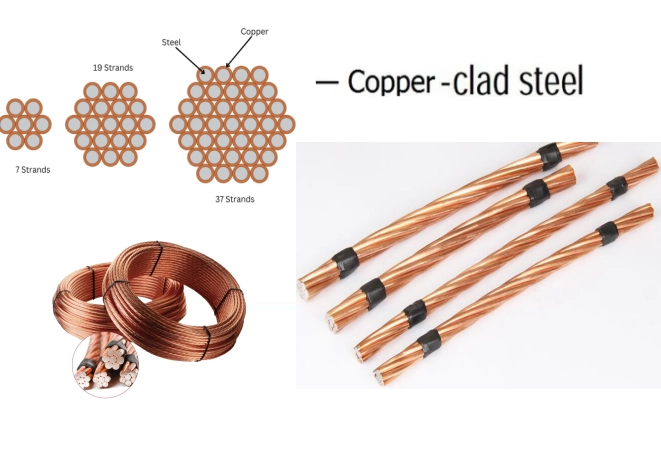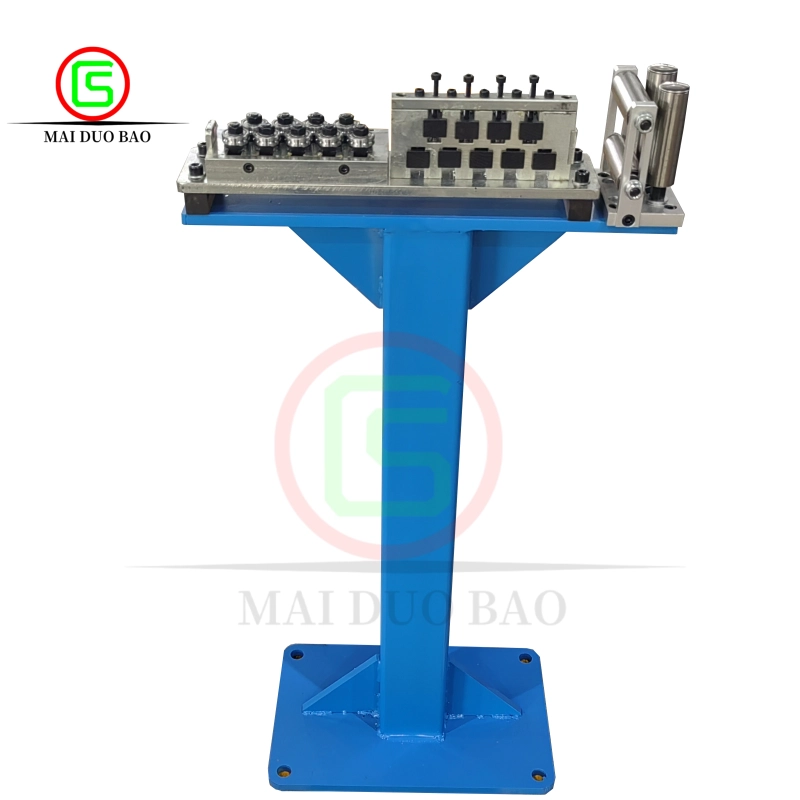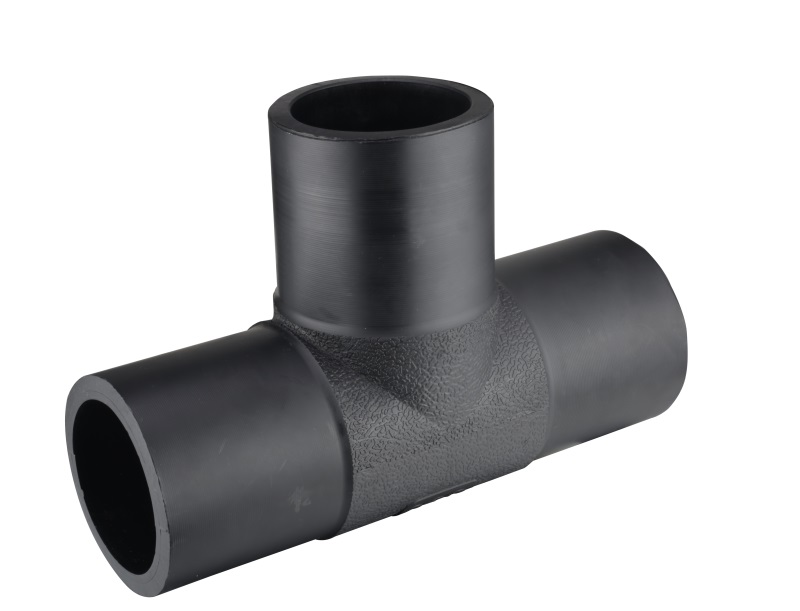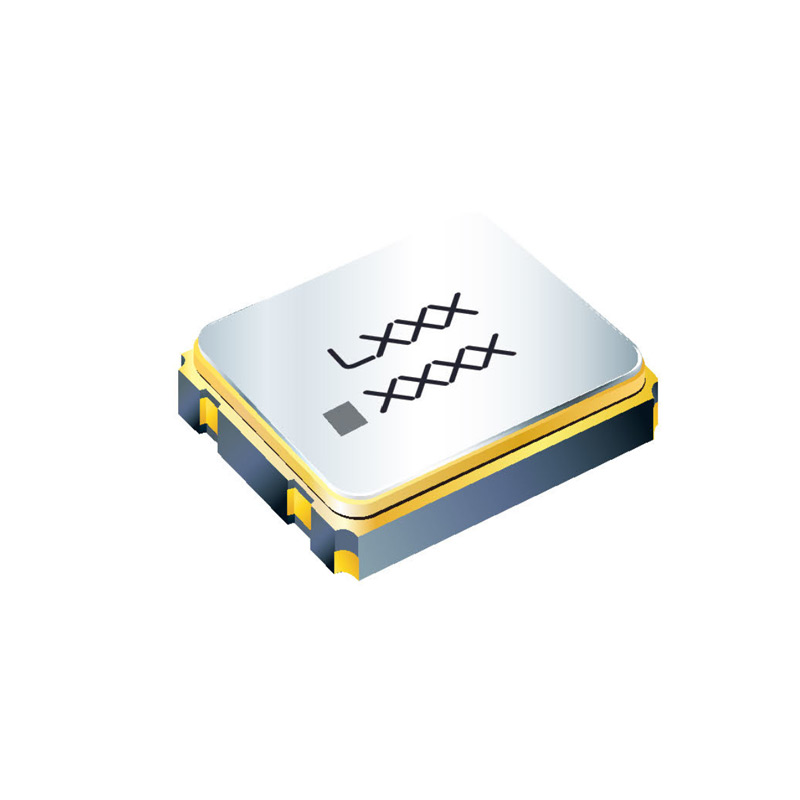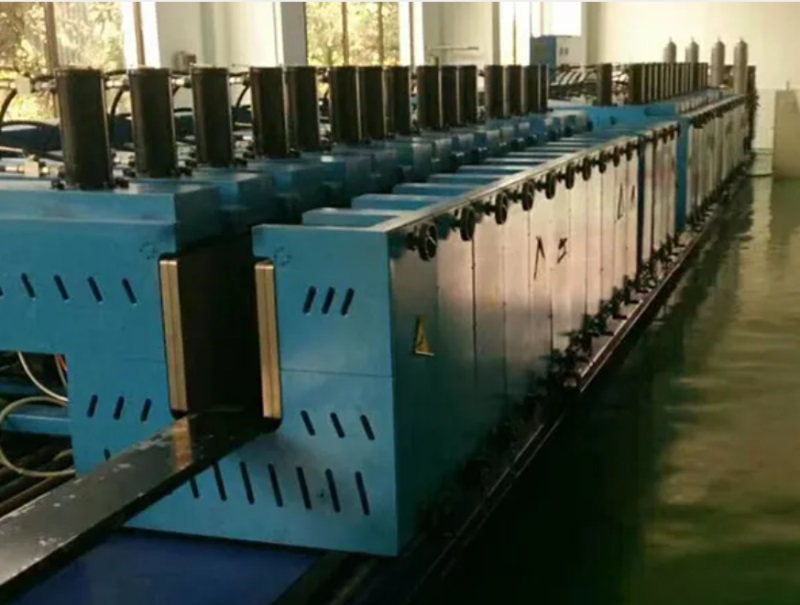In the realm of industrial air and gas handling, Roots blowers have carved a niche for themselves due to their unique design and operational efficiency. However, like any technology, they come with their own set of disadvantages that can impact their suitability for specific applications. This article delves into the multifaceted drawbacks of Roots blowers, providing a nuanced understanding for engineers, operators, and decision-makers in various industries.
- Energy Efficiency Concerns
One of the primary disadvantages of Roots blowers is their energy efficiency. While they are known for their ability to deliver high flow rates, they often operate at lower efficiency compared to other types of blowers, such as screw or centrifugal blowers. The inherent design of Roots blowers, which relies on positive displacement, can lead to increased energy consumption, especially under varying load conditions. This inefficiency not only raises operational costs but also contributes to a larger carbon footprint, making them less desirable in an era where energy conservation is paramount.
- Noise Pollution
Roots blowers are notorious for their high noise levels during operation. The mechanical design, which involves rotating lobes, generates significant sound, often exceeding acceptable limits in many industrial environments. This can lead to discomfort for workers and may necessitate additional soundproofing measures, further increasing installation and operational costs. In industries where noise regulations are stringent, the use of Roots blowers may require additional investments in noise reduction technologies.
- Maintenance and Reliability Issues
While Roots blowers are generally robust, they are not immune to wear and tear. The close tolerances between the lobes and the casing can lead to increased friction, resulting in higher maintenance requirements. Regular inspections and replacements of components such as seals and bearings are essential to ensure optimal performance. This maintenance burden can lead to increased downtime and operational disruptions, particularly in critical applications where reliability is non-negotiable.
- Limited Pressure Range
Roots blowers are designed primarily for low to medium pressure applications. Their performance diminishes significantly at higher pressures, making them unsuitable for processes that require high-pressure air or gas delivery. This limitation can restrict their applicability in certain industrial settings, necessitating the use of alternative technologies that can handle higher pressure requirements, thereby complicating system design and increasing costs.
- Temperature Sensitivity
Another notable disadvantage of Roots blowers is their sensitivity to temperature fluctuations. High operating temperatures can lead to thermal expansion of components, which may affect the clearances between the lobes and the casing. This can result in reduced efficiency and increased wear, necessitating more frequent maintenance. In applications where temperature control is challenging, the reliability and longevity of Roots blowers can be compromised.
- Size and Weight Considerations
Roots blowers tend to be bulkier and heavier than other blower types, which can pose challenges in terms of installation and space constraints. In industries where space is at a premium, the physical footprint of a Roots blower can limit its applicability. Additionally, the weight of the unit may require reinforced mounting structures, further complicating installation processes and increasing costs.
- Initial Capital Investment
The upfront cost of acquiring a Roots blower can be significant, particularly for high-capacity models. While they may offer long-term operational benefits, the initial capital investment can be a barrier for smaller enterprises or those operating on tight budgets. This financial consideration is crucial when evaluating the overall cost-effectiveness of using Roots blowers in specific applications.
Conclusion
While Roots blowers offer distinct advantages in terms of flow rate and reliability in certain applications, it is essential to weigh these benefits against their disadvantages. Energy inefficiency, noise pollution, maintenance challenges, limited pressure range, temperature sensitivity, size constraints, and high initial costs are critical factors that can influence the decision to utilize this technology.
